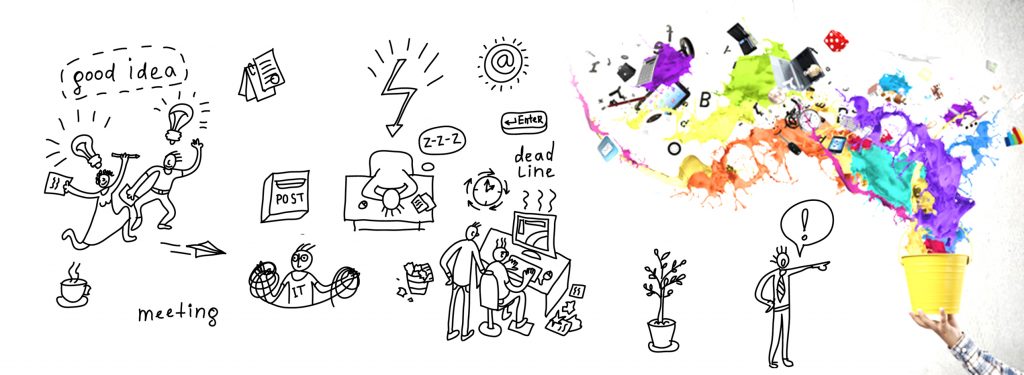
DIRECT RESPONSE CAMPAIGNS
Direct marketing is: “An information-driven marketing process managed by database technology that enables marketers to develop, test, implement, measure, and appropriately modify customized marketing programs and strategies.”
There are three key elements in this definition: Firstly, direct marketing is interactive in that the marketer and prospective customer engage in two-way communication. Secondly, all direct marketing activities are significantly more measurable than traditional advertising and sales promotion, and finally, activities connected with direct marketing communications can make use of any channel not just direct mail.
The Seven Pillars of Direct Marketing:
(according to Frank Chamberlin – Lecturer of Marketing at Monash University)No.1 The audience – Every DM initiative must be relevant to the audience. Day mapping and persona’s are great tools to help you focus on who they really are. They are NOT just a demographic but a thinking, feeling individual.
No.2 The offer – It is a fact that people respond to offers not to products so make the offer great if you want a response (and we do!)
No.3 Testing – Different segments respond in different ways to different messages so to get the best out of your campaign and minimize your risk, you need to test before rollout.
The three basics are: Test the offer, test the creative (copy and images) and test the price.
No.4 Measurement – To “know” if it works you will need to measure it. Also to improve the results for next time or simply to compare with other campaigns and other media you will need to have some measurement and evaluation process planned before you begin.
No.5 Ladder of Loyalty – segmenting can be viewed from the perspective of the target audience’s likelihood to act and their actions put them into one of the following categories:
- ADVOCATES
- REPEAT BUYERS
- BUYERS
- PROSPECTS
- SUSPECTS
You need to define each step on the ladder in relation to your operation. Identify the position of all records in your database. Target each segment separately with relevant and timely communications and work towards moving everyone up the ladder – to advocate status.
No.6 RFM – Recency Frequency Monetary – A great way to segment your customers and really understand their value to your organization is to categorise them by their purchase behaviour; when they last purchased, how often they purchase and how much they spend.
No. 7 Lifetime Value – Understand that customers may not provide you with profits from the first or second sale but from repeat purchases and that a customer is worth more than the individual purchase but an accumulation of all the past, present and future purchases.